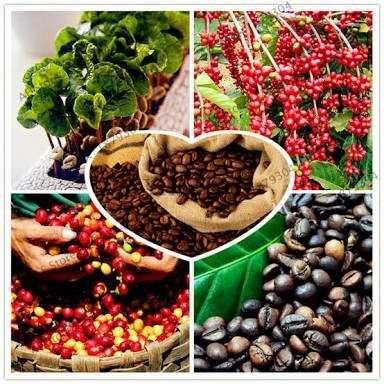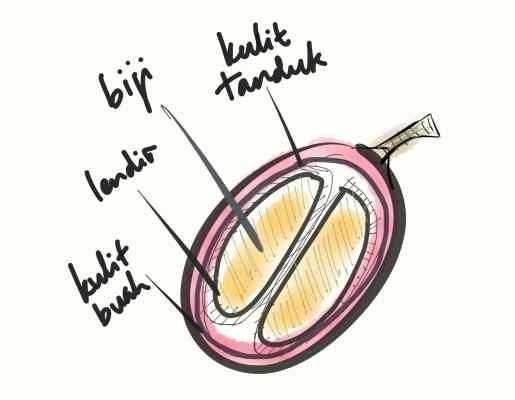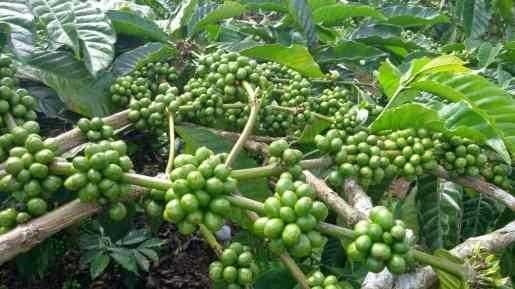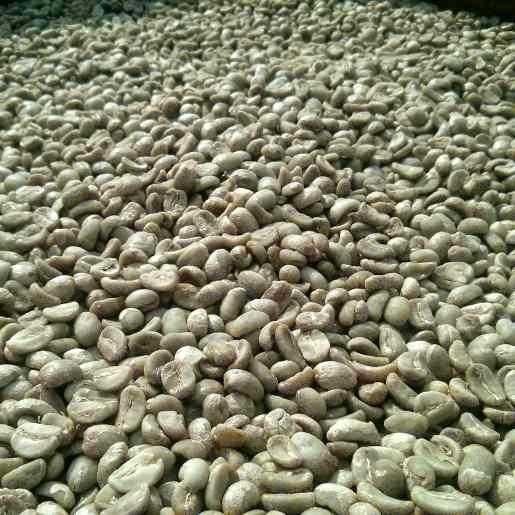Coffee Beans: Everything We Should Know from Fruit to Ready to Brew
Coffee Beans: Everything We Should Know from Fruit to Ready to Brew

We want to drink coffee. Then remove the coffee beans from the wrapper. Some remove the coffee powder. Milled, brewed, sips. But do not know how he was processed.
Let's learn together, what we should know from the coffee until he is ready to drink.
The coffee beans are from the coffee fruit

Few of us realize that the coffee beans came from the coffee.
Lha yes, if we look to the tree directly, we will see fruit buds. Unripe coffee fruit is green. The already slightly mature yellow. Mature, red.
Well, if eaten, the red fruit skin tastes sweet. Yes, the coffee is a fruit. Which fruit flavors do we like? Sweet!
This fruit is later processed into coffee beans.
Since the coffee beans come from the fruit, it has become a common agreement that the mature is the best. Therefore, the coffee beans through the process of red picking is always appreciated more expensive.
This is because the process and time required for picking and sorting become longer.
In picking coffee, farmers typically choose between two types of processes:
Original picking: Usually done for robusta coffee and during harvest season. This is because the volume of coffee to be picked is very large: about 1 ton per hectare or more! As a result farmers do not have the time and enough labor to do the picking of red fruit only. As a result, all picked at one time. The green, yellow, and red coffee fruits are mixed together.
Red pick: This is the standard for quality coffee. Red, ripe, sweet fruit will culminate in high quality coffee beans as well. Not infrequently the coffee tastes sweet also when brewed. Common red picklings are known for specialty coffee. For arabica coffee, this red pick is already the norm. After all, it's a loss if arabica coffee is picked out. The price must fall. For Robusta coffee, recently many started practicing red picking to produce fine robusta.
Postharvest coffee beans

Well, after the fruit collected, it will soon be processed. Usually farmers can process their own fruit to be seeds. But not a few who "pass" fruit to other parties because of limited resources, especially labor, tools and time.
In terms of business, post-harvest processing of these beans is what adds value.
Imagine if you are an arabica coffee farmer. If you sell red fruit only, it sells Rp 5,000 per kilogram. If your harvest is a ton, then you reap Rp 5 million once harvest.
"Leh uga," said the slang boy now.
Now imagine if you can process up to coffee rice. Sekilo can be sold up to Rp 50-140.000.
Please multiply yourself yes. Hehe.

Postharvest process to produce green coffee beans or coffee beans or green beans, usually have to go through some of the following ways. Explanation of the processing will I shorten let me ngpaking hahaha:
Dry
Coffee after picking fruit immediately dried. Once dry, the fruit is broken down until we get the coffee beans. So! Dry is also often called the Batak language natural process.
Wet
Coffee after picking fruit immediately broken down with a pulper machine. Coffee beans are still covered with mucus through the process of soaking and fermentation (there are 24 hours, there are 36 hours). After that, the seeds will go through the process of drying. After dry, HS aka hard skin aka coffee beans with horn skin will be ground dry. Voila, be coffee rice! Boso Jowone as if the coffee sing iki: wet process.
Wet or semibasah
Minangnya language is semi-washed. Coffee after picking fruit immediately broken down with a pulper machine. Coffee beans are still covered with mucus inserted sack about a day. After that the coffee was washed, then ground to separate the coffee beans and the horns. Then the coffee beans are dried. Alhamdulillah! Processing is the most common in Sumatra.
Actually there is another processing of coffee beans with honey, but for brevity we skip ahead. Our focus is this time is the coffee beans!
Roasted coffee beans

Well, after the coffee beans go through the process above, and dry with moisture content of about 11-12%, then the coffee is ready for roasted.
Go back a little to the processing: of course, different processing, different flavors.
This is the wonder of coffee beans! Diversity from fruit to postharvest will produce a variety of flavors as well.
This explains why sometimes your favorite coffee (eg from Flores, East Nusa Tenggara) will vary. Perhaps there are different processing. Or less dry a little. Or fermentation 24 hours instead of 36 hours.